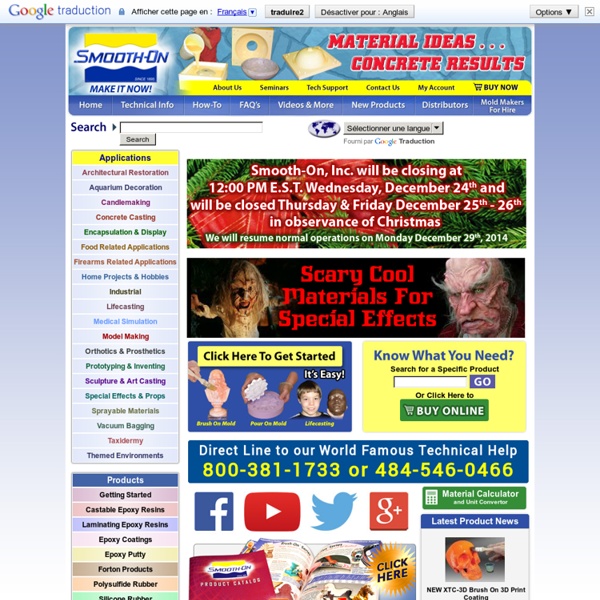



HOW TO GET WHAT YOU WANT Welcome to the KOBAKANT DIY Wearable Technology Documentation Workshops least likely scenario This workshop is part of a course at the Ernst Busch Hochschule in Berlin. It is only open to students in the departments of Spiel&&Objekt. Workshops soft sensors for soft bodies FURTHER_READING_WATCHING_LISTENING_ Elektronische Textilien als Material und Werkzeug_ Hannah Perner-Wilson, Irene Posch, 2020 “Welche Fasern leiten Strom? Workshops connecting bubbles This semester, we are sitting in a strange bubble at home. Sensors 6 really wearable sensors The textile sensors on our website are often not designed to be manipulated with your hands. Workshops soft interactive technologies This workshop is a part of a course at the Art Academy Weissensee Berlin. Workshops ETextile Adventures This workshop is part of a course at the Ernst Busch Hochschule in Berlin. Sensors Sole Sensing Rather simple way of making insoles with 3 pressure sensors located at different pressure points of the foot on the ground. Sensors
Shop Small Hobby Tools & Miniature Tools from Micro Mark Electromagnetic Field Shielding Paints YShield High Frequency Shielding Paint Easy to apply water-based paint for walls, ceilings, doors and other interior OR exterior surfaces. Very effective for blocking cell phone signals, CB, TV, AM, FM signals, radiofrequency radiation and microwaves. Based on a high quality pure acrylic binder, this shielding paint offers a perfect compromise of excellent attenuation, high water resistance and good ecology. Frost-resistant liquid format, ready to use right out of the bottle. Due to its holohedral carbon structure, without fibers or meshes, it offers consistent attenuation regardless of the direction of signal polarization, and a highly conductive surface. 15 month long shelf life. Important note about conductive paint and the National Electric Code: The is nothing in the NEC which prohibits painting your walls with conductive paint. YShield Liquid (Cat. YShield Liquid (Cat. YShield Liquid (Cat. Ground Kit for Y-Shield Click Here for complete grounding instructions (.pdf)
Kit-of-No-Parts I wish I had made one of these. But no, not yet. Inspired by the work of Arthur Ganson and other kinetic artists, this post features some mechanical gears assembled and sculpted from various materials such as wire and cardboard. In contrast to casting traces by applying the cast material selectively to a flat surface, molded circuitry is cast into a mold. Battery pouches made from paper, plastic and fabric are quick to make and are a cheap alternative to commercially available options. This coin-cell holder is made using copper tape and a mini cloths peg. Press-fit, also known as interference fit or friction fit, describes a connection that is held without adhesive, screws or nails, but simply by the friction between materials and shapes of either part after they have been pressed together. This is one of the quickest techniques for prototyping circuits, as well as an efficient and reliable way of making flat and flexible circuitry. Second attempt: Sculpted from precious metal clay.
Joe Woodworker - Woodworking, Vacuum Pressing and Veneering Information Website Kilian Bearings :: Custom Ball Bearings and Assemblies :: Kilian Manufacturing Corp :: Syracuse New York :: Bearing manufacturer machined-race bearings machined race bearings OEM precision-machined bearings Bearing distributor Buy bearing
Lost Art Press PCB "Fab-In-A-Box" ... The 8min circuit board system Toner Transfer Paper ("TTP") is the ideal medium for all laser printers and toner-based copiers to be able to capture and then re-fuse the image to the copper surface for etching. Toner images print perfectly to the transfer paper because the printer thinks it is a regular soft sheet of paper, however, on one side of the paper is a barrier coating called Dextrin that prevents the toner from touching the fibers of the paper. The printed circuit image is then laid face-down over the copper and subjected to high heat & pressure from the Toner Image Applicator (TIA) (or a calibrated houshold iron) upon which the toner image will re-fuse (stick) to the copper's surface. Within a minute of being wet, the paper completely releases the toner and floats away from the board on its own.
CAMERA STEADICAM STABILIZER AUDIO DIGITAL RECORDER MICROPHONE PANORAMA photos Vinyl Pulse|Daily News About Designer Toys Designer Toys, Art and Features Mirrorlite Glassless Mirrors, Wall Mirrors, Dance Mirrors, Two Way Mirrors, Gym Mirrors and more! Lasersaur by Nortd Labs Lasersaur The Lasersaur is an open source laser cutter. We designed it to fill the need of makers, artist and scientist who wanted a safe and highly-capable machine. Since its conception, Nortd Labs and the Lasersaur community has generated knowledge to develop a comprehensive system. How can you Contribute? Unlike software, hardware RD is costly even when living off of Ramen. Short on cash? $32 Beta Access: Support the project and get full access to design documents, community (mailing list), and software before the project goes fully open source. $(any) Project Support: Simply want to support the project? We Accept Bitcoin! Credits Mad props to reprap.org, www.cnczone.com, arduino.cc, grbl, buildlog.org, and their giants' shoulders.